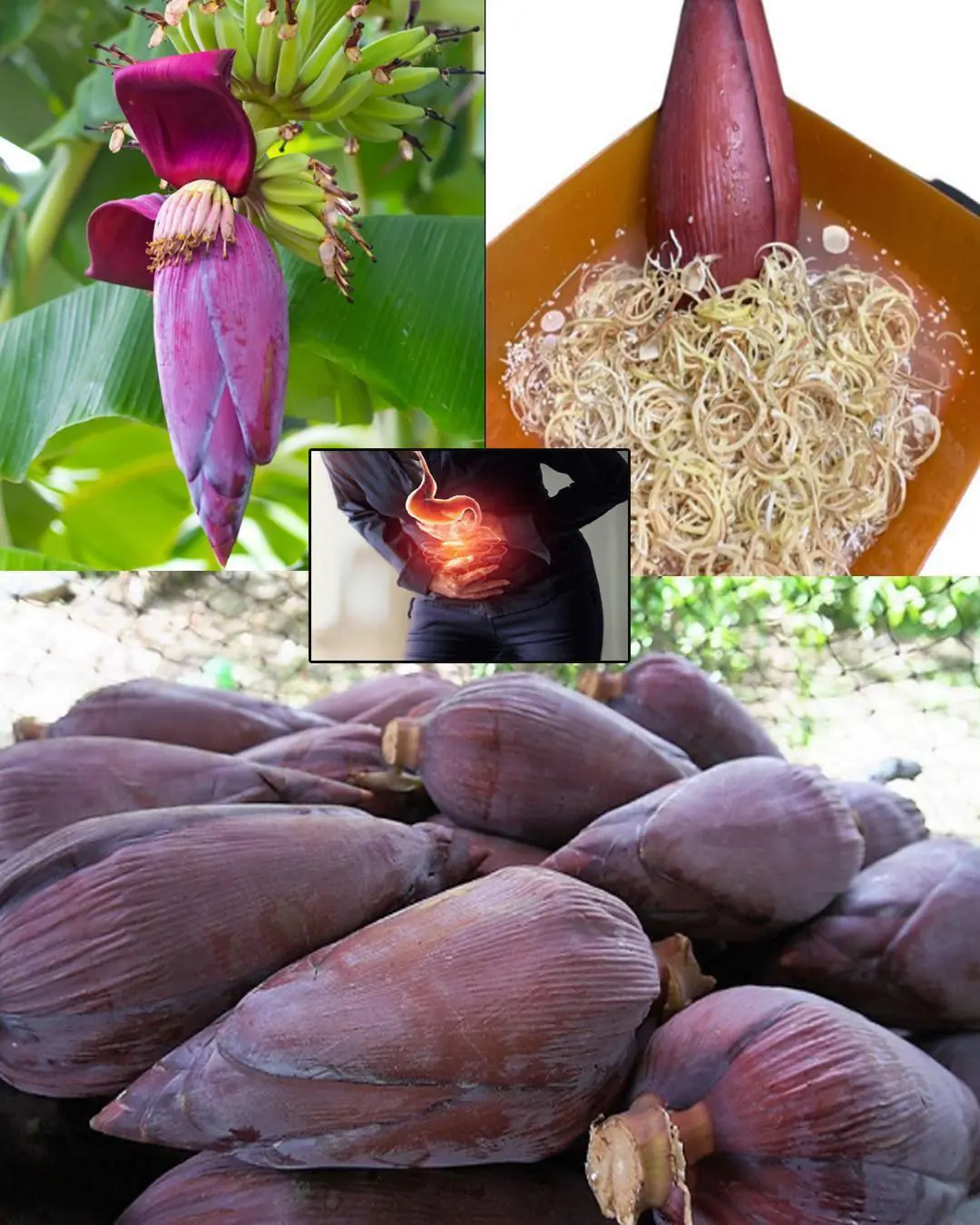
Guava Leaves for Blood Sugar Control: Nature’s Gift for Diabetics
When most people think of guava, they envision the sweet, fragrant tropical fruit. However, hidden within the guava plant is a remarkable and often overlooked resource—guava leaves. For centuries, traditional medicine practices across Asia and Latin America have harnessed the healing power of these leaves. Today, modern scientific research is confirming what many cultures have known all along: guava leaves can naturally support healthy blood sugar regulation and improve overall metabolic health.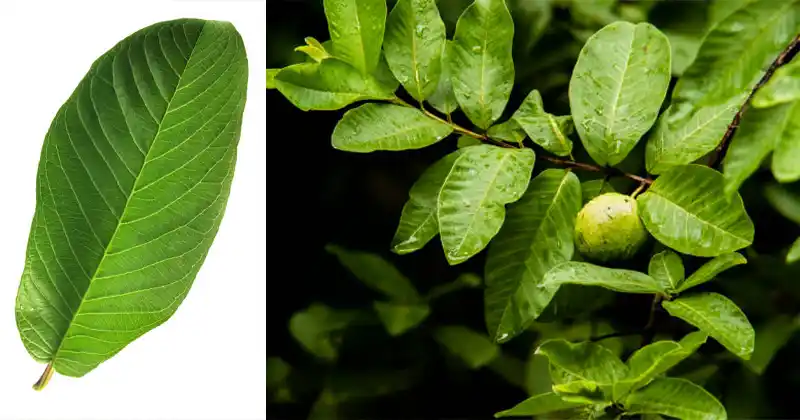
Why Guava Leaves Are a Game-Changer for Blood Sugar
The key to guava leaves’ effectiveness in blood sugar management lies in their rich composition of bioactive compounds. These include flavonoids such as quercetin, tannins, and polyphenols, all of which contribute to their therapeutic benefits. Specifically, these compounds:
-
Slow down the absorption of carbohydrates in the digestive system, helping to prevent sudden blood sugar spikes.
-
Enhance insulin sensitivity, enabling the body to use glucose more efficiently.
-
Reduce post-meal blood sugar surges, which are particularly risky for individuals with Type 2 diabetes.
-
Support pancreatic health by promoting optimal insulin production and secretion.
Due to these powerful effects, guava leaf tea has become a widely recommended natural remedy among holistic health practitioners. Many people with prediabetes use it preventively to maintain stable blood sugar levels before progressing to full diabetes.
How to Harvest Guava Leaves for Maximum Benefit
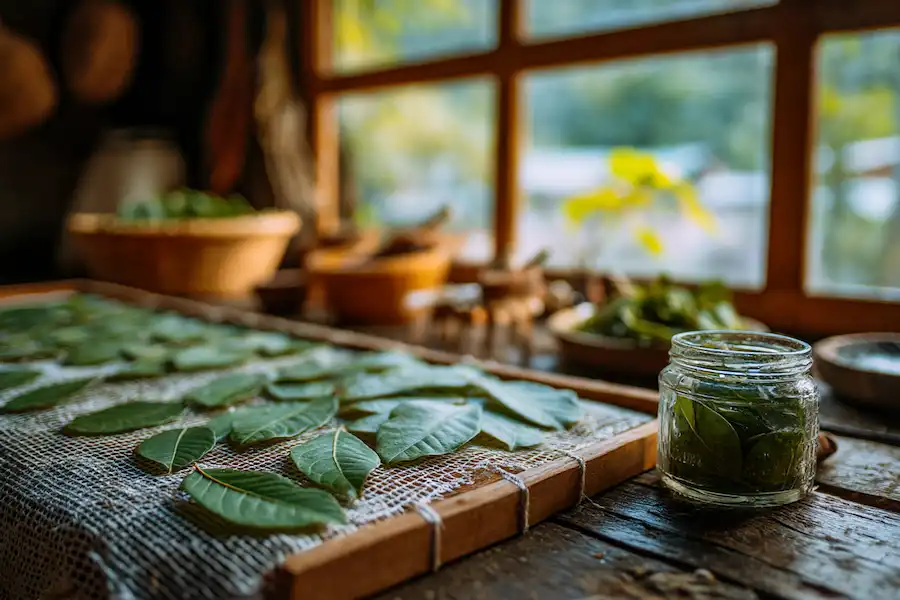
Proper harvesting techniques are crucial to preserve the potency of guava leaves. Here’s how you can collect them at home:
When to Harvest
The best time to pick guava leaves is early in the morning. During this time, the leaves are packed with the highest concentration of active compounds and are free from dew or excess moisture. Select young yet mature leaves—avoid the very new shoots as well as the old, tough leaves. A healthy leaf should be bright green, firm, and free from blemishes.
How to Harvest
Use clean scissors or garden shears to gently clip 2-3 leaves from each branch. This careful pruning prevents stress on the tree and promotes continued growth. Avoid leaves that are yellowing, have insect damage, or are dusty.
Drying and Storing Guava Leaves
While fresh guava leaves have benefits, drying them is ideal for longer-term use and consistent potency.
Drying Method (Natural Air-Drying)
-
Gently rinse the leaves to remove any dirt or bugs.
-
Pat them dry with a clean towel.
-
Lay the leaves out on a mesh rack or cloth in a shaded, well-ventilated area away from direct sunlight.
-
Turn the leaves daily and allow them to dry for 7 to 10 days until crisp.
Storage Tips
Store the dried leaves in an airtight glass jar or paper bag. Keep the container in a cool, dark place like a pantry. When stored properly, dried guava leaves can maintain their medicinal qualities for up to one year.
How to Use Guava Leaves to Manage Blood Sugar
The most common and convenient method to use guava leaves is by brewing guava leaf tea, but there are other ways to incorporate them into your routine:
Guava Leaf Tea Recipe
Ingredients:
-
5 to 7 fresh or dried guava leaves
-
2 cups of water
Instructions:
-
Rinse fresh leaves if using.
-
Boil the water in a small pot.
-
Add the guava leaves and let them simmer for 10 to 12 minutes.
-
Strain the tea and allow it to cool slightly.
-
Drink one cup before meals once or twice daily.
Pro Tip: Add a cinnamon stick during boiling for extra flavor and additional blood sugar-regulating benefits.
Guava Leaf Powder
Dry the leaves completely, then grind them into a fine powder using a spice grinder or mortar and pestle. Store the powder in an airtight jar.
How to Use Powder:
-
Mix half a teaspoon into smoothies, yogurt, or warm water with lemon.
-
Consume once daily, preferably in the morning or before your largest meal.
Traditional Soaking Method
Some cultures soak fresh guava leaves in clean water overnight and drink the infused water on an empty stomach in the morning. While less concentrated than tea, this method offers a gentle, steady benefit.
Precautions and Important Considerations
Guava leaves are generally safe for most people, but certain groups should exercise caution:
-
Pregnant or breastfeeding women should consult their healthcare provider before use.
-
Those on blood sugar medications should seek medical advice to avoid interactions.
-
Never replace prescribed diabetes medication with guava leaf remedies without professional guidance.
-
Start with small amounts to assess your body’s response.
Final Thoughts
Guava leaves are a natural, cost-effective, and potent ally in the management of blood sugar levels. With proper harvesting, drying, and usage, they can easily be integrated into your daily wellness routine to enhance insulin sensitivity and promote stable blood glucose. Sometimes, the most powerful health solutions come from the simplest elements of nature—like the humble leaf of the guava tree.
By embracing this traditional remedy backed by modern science, you empower yourself with a safe, natural tool to support long-term metabolic health.
News in the same category

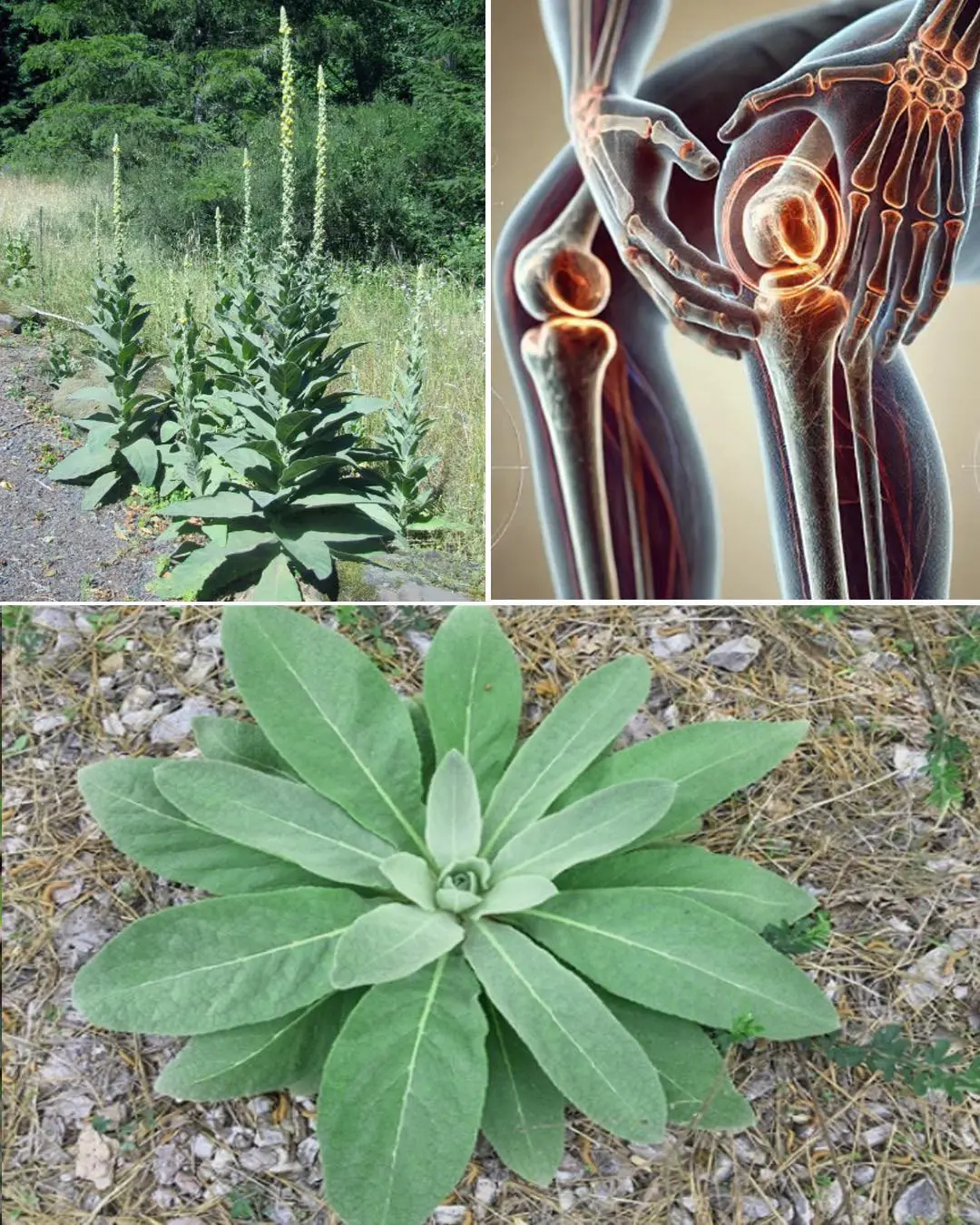
Common Mullein: Benefits and Uses of Nature’s Versatile Herb
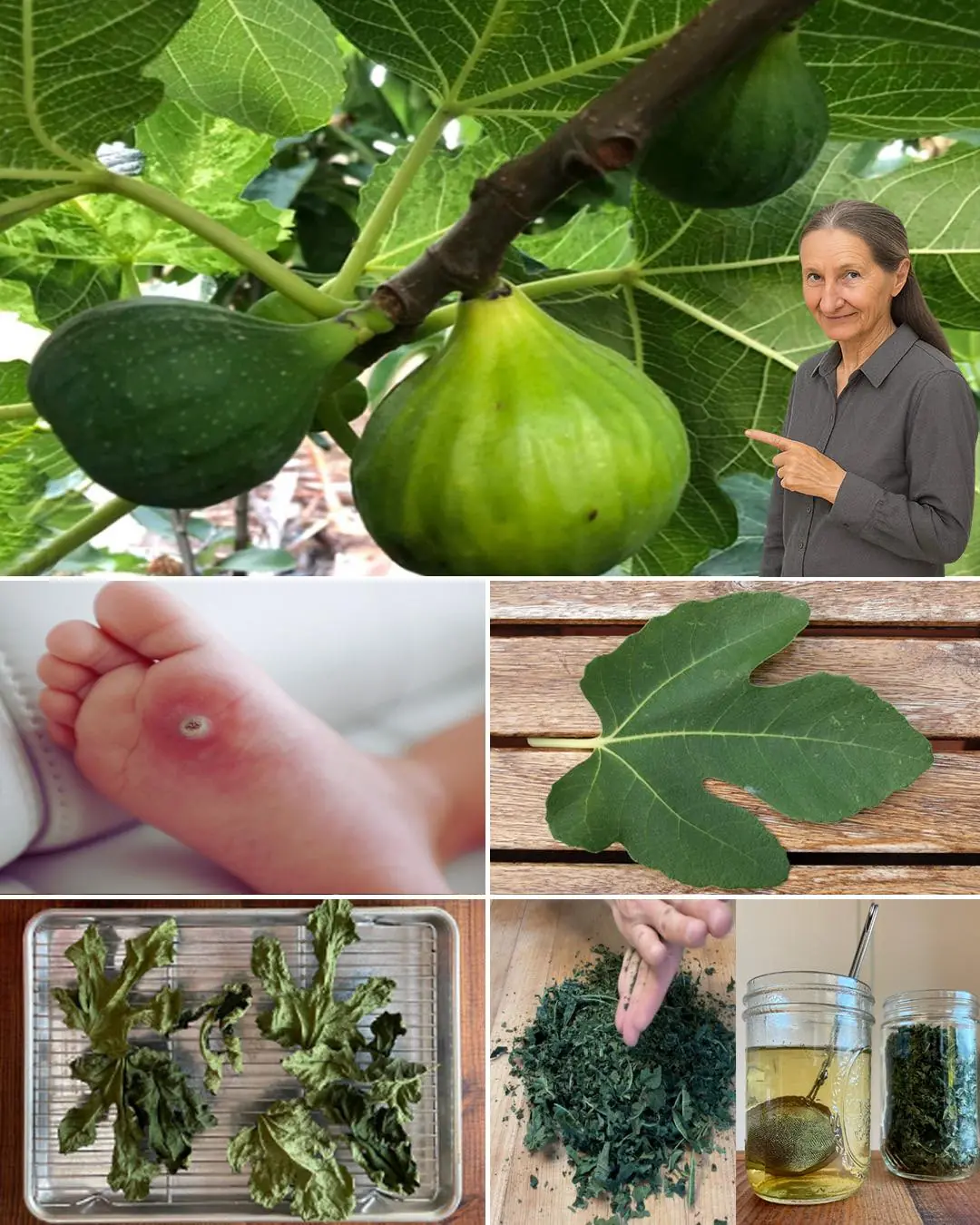
Fig Leaves: Surprising Benefits and Uses
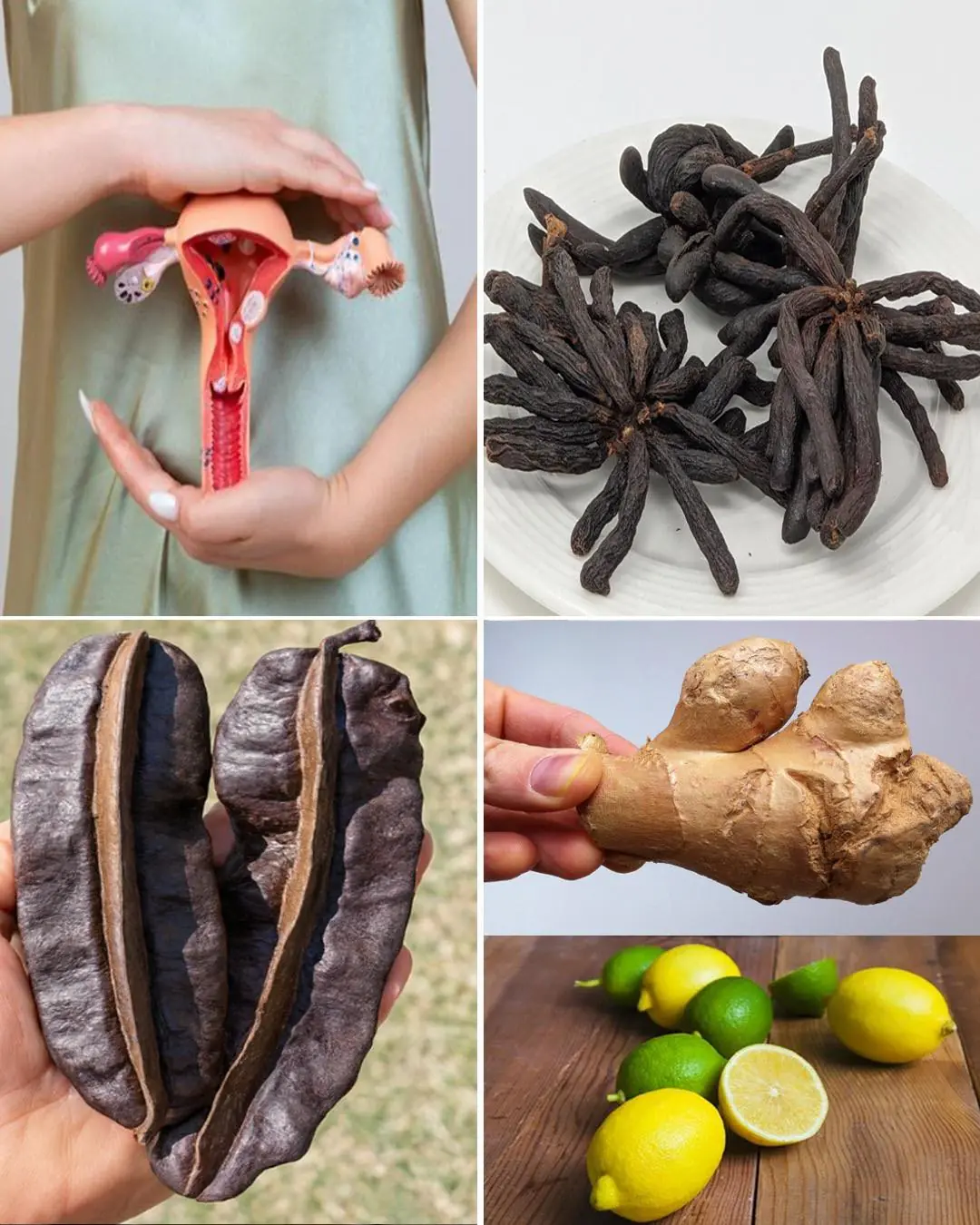
Inner Vitality Elixir: Benefits of Uda Seeds, Lemon, Aidan Fruit, and Ginger for Women’s Health
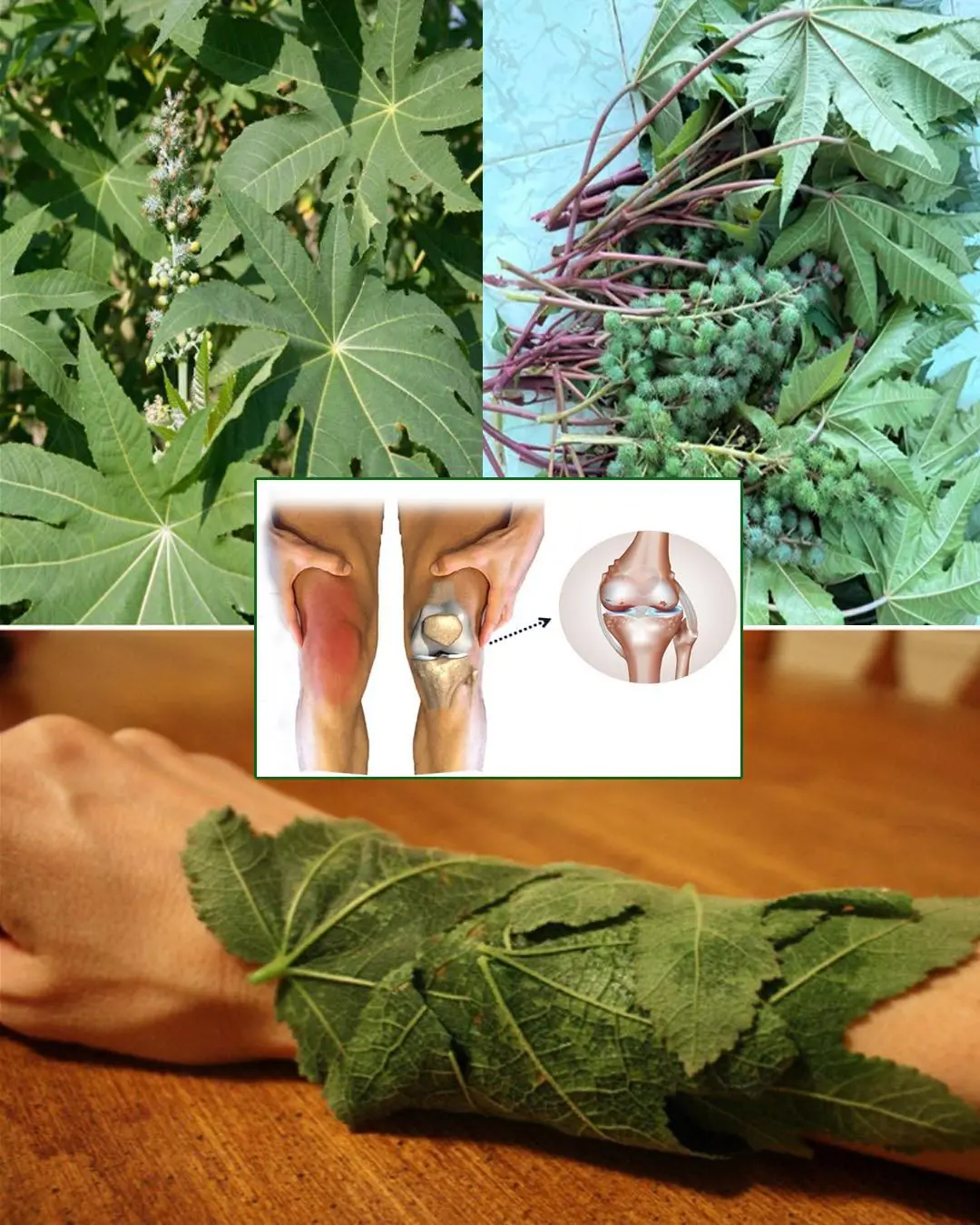
Some of the Benefits of Castor Leaves and the Seed
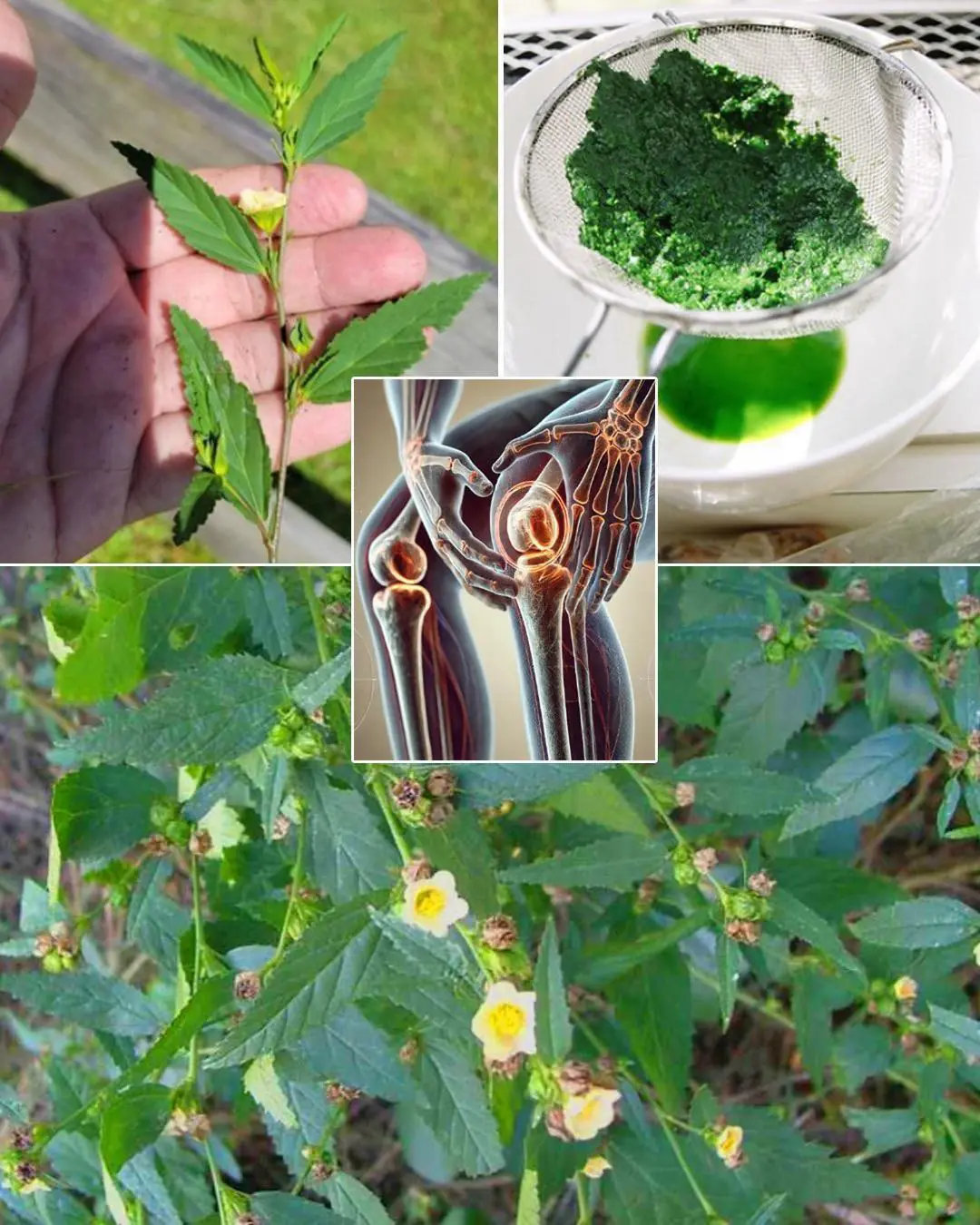
The Versatile Uses of Stubborn Grass
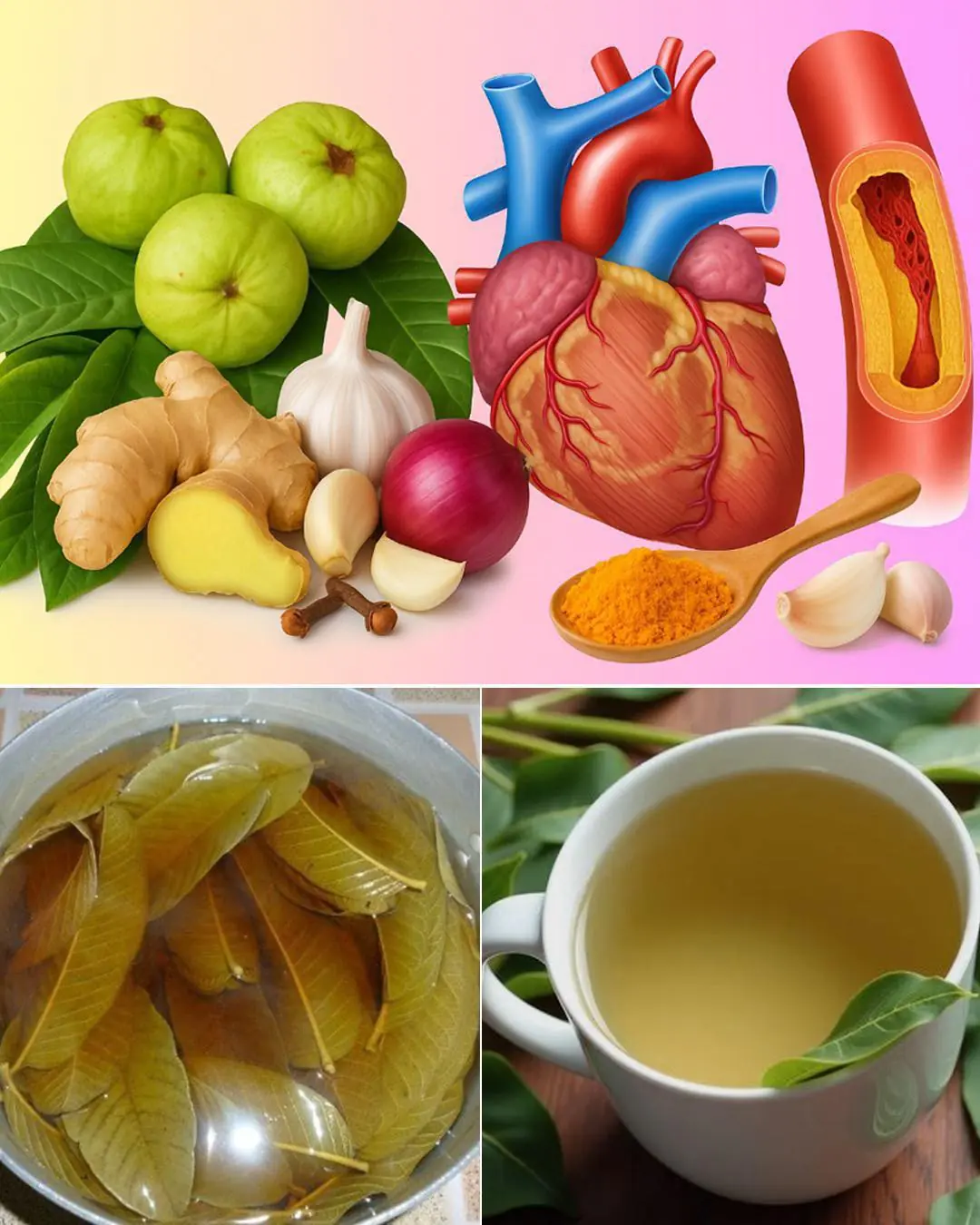
The Best Tea for Mornings and After Dinner: A Powerful Blend for Health
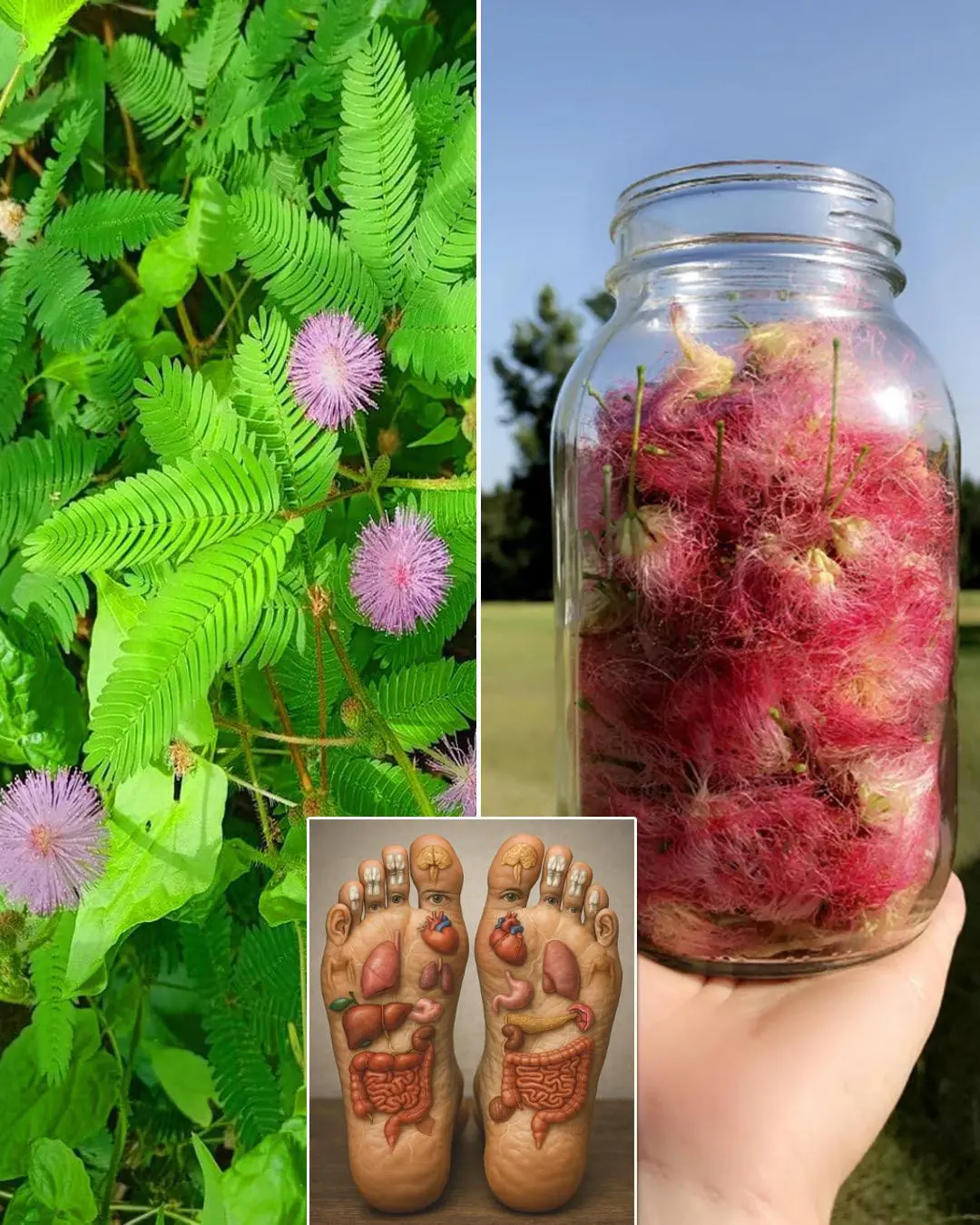
Mimosa Pudica Tea: How to Prepare and Health Benefits
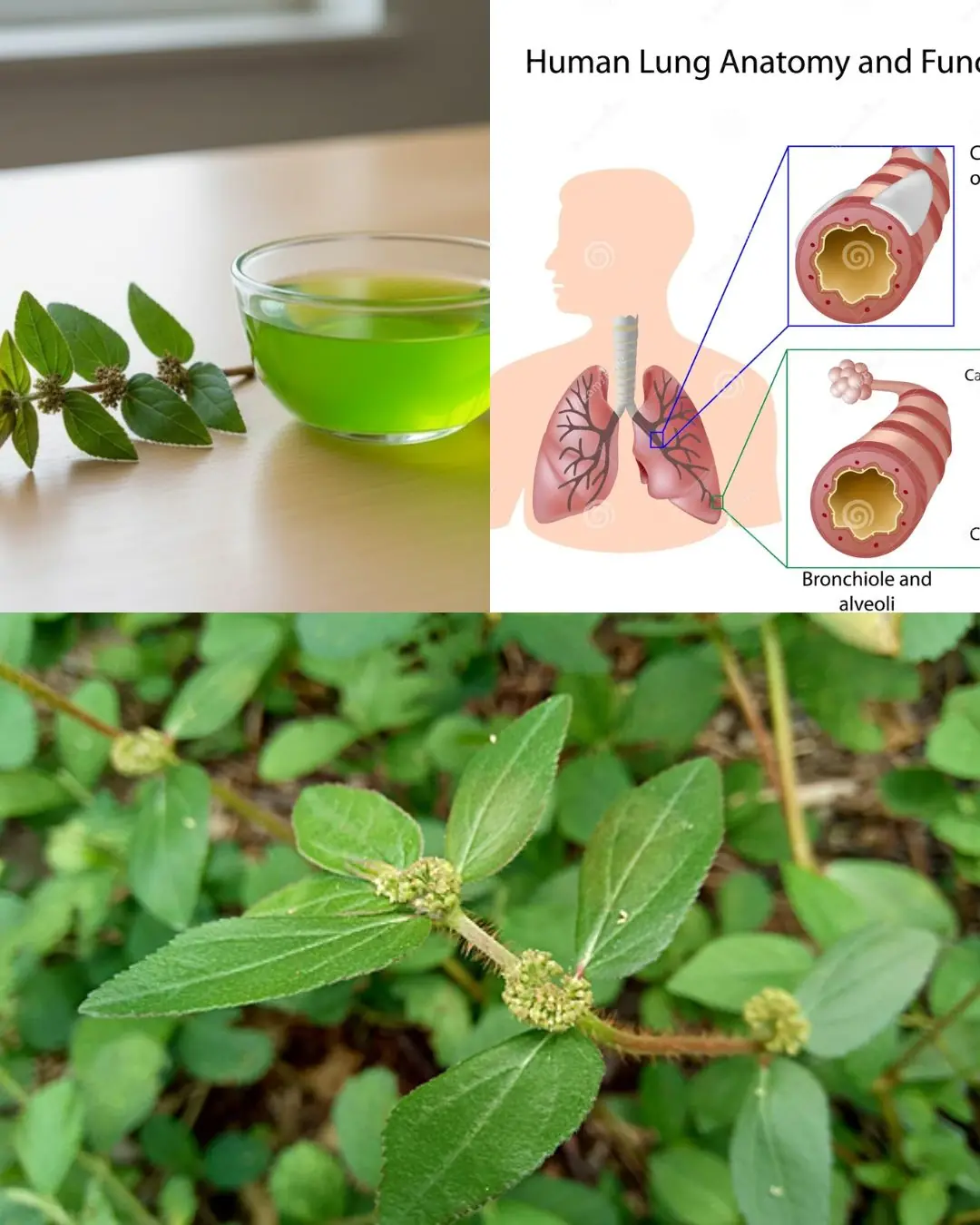
Euphorbia Hirta (Asthma-plant): Traditional Uses and Applications
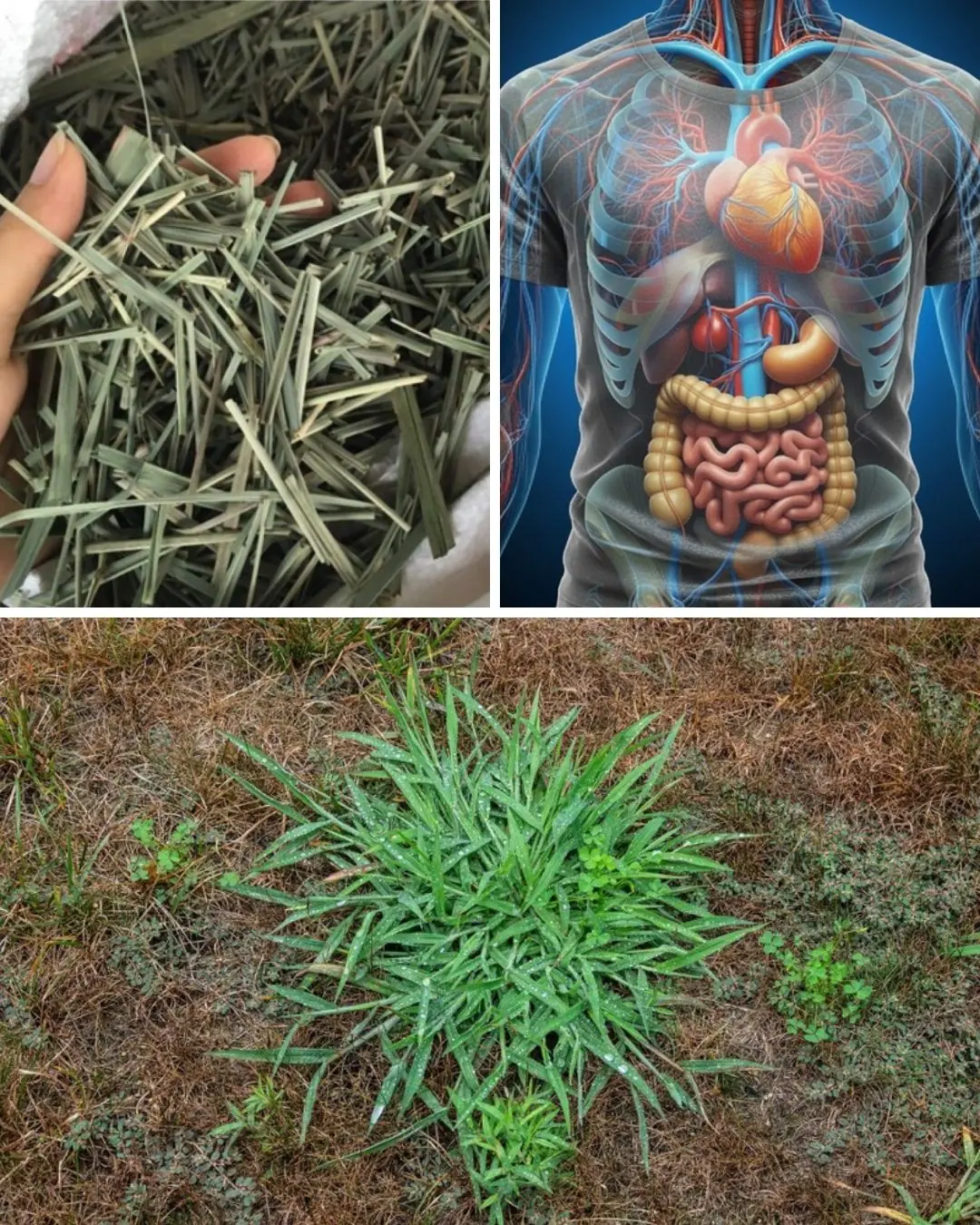
Harnessing the Power of Goose Grass: A Guide to Its Preparation and Therapeutic Uses
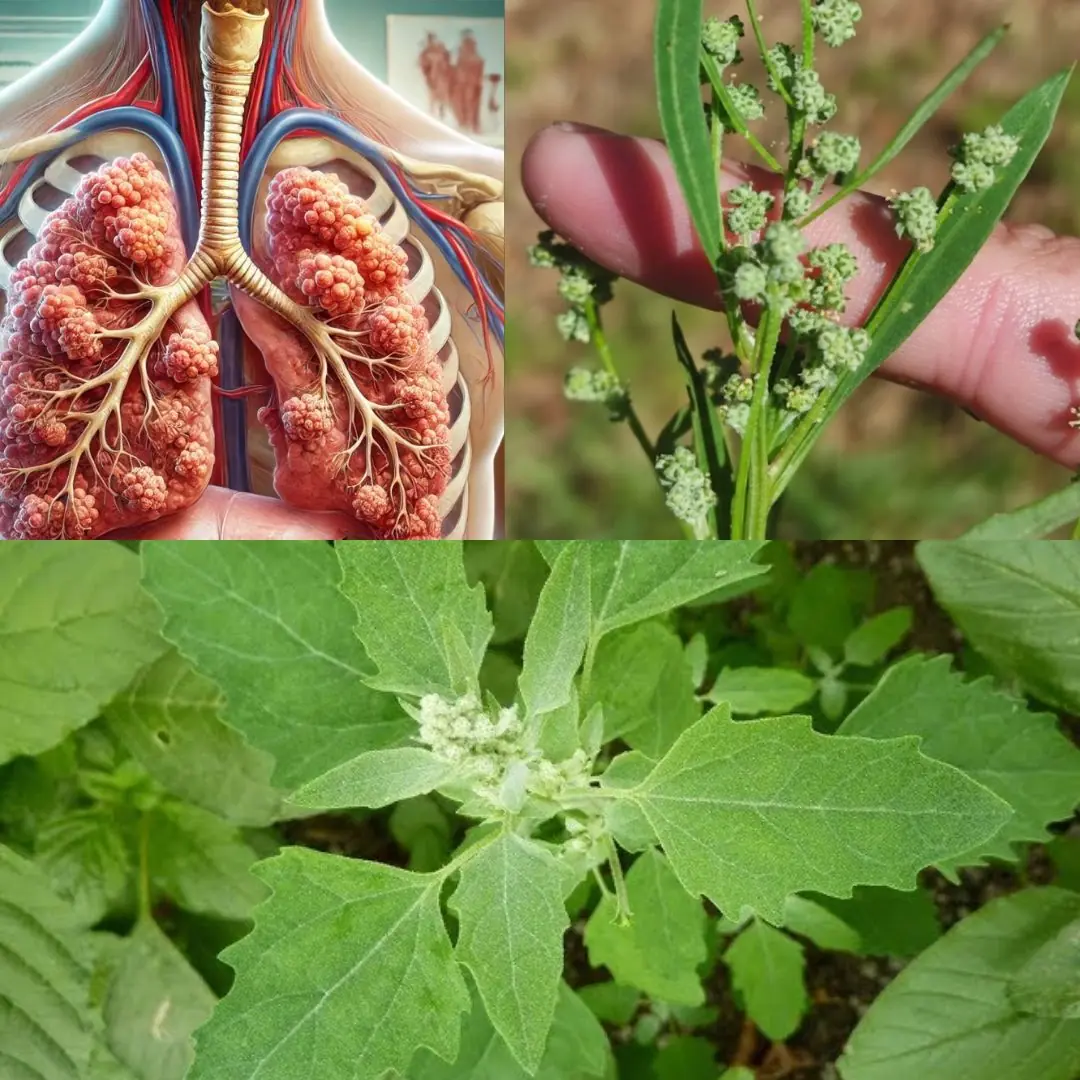
Lamb’s Quarters/Wild Spinach: The Underestimated Superfood with Maximum Health Benefits
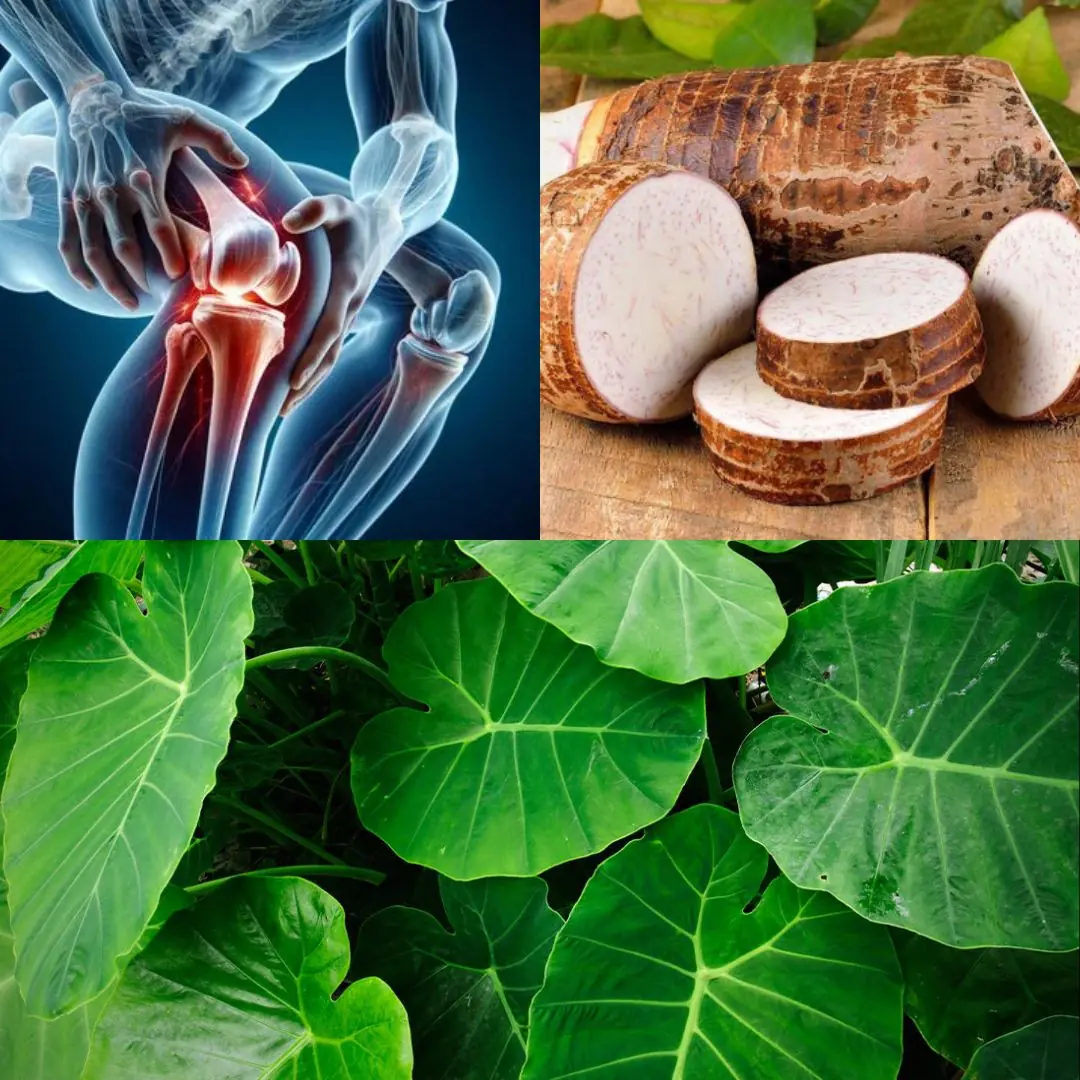
Taro Root: The Ancient Superfood Transforming Health and Sustainability
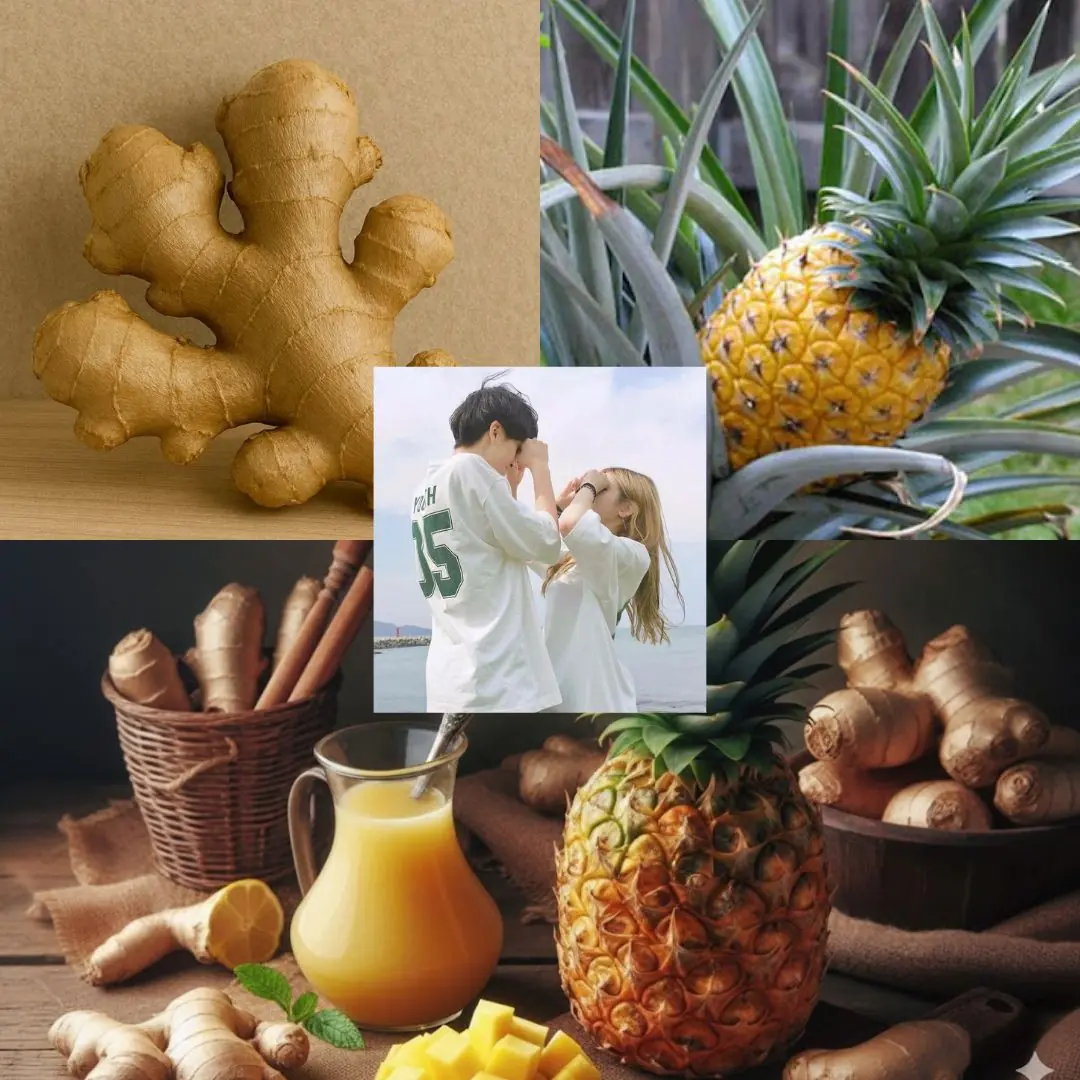
Men’s Vitality Tonic: The Bold Health Boost from Ginger and Pineapple
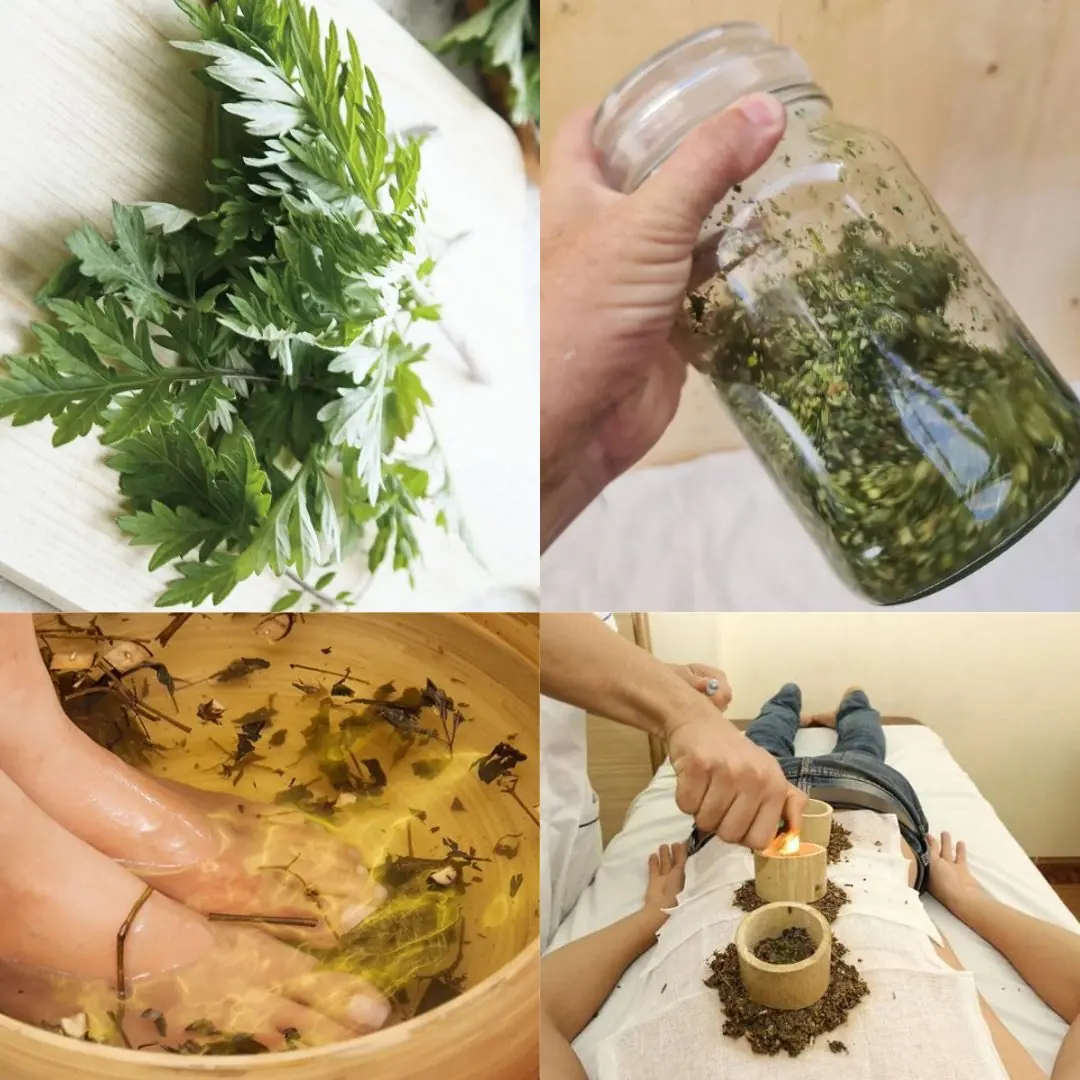
Mugwort Plant: Benefits, Properties, and Uses
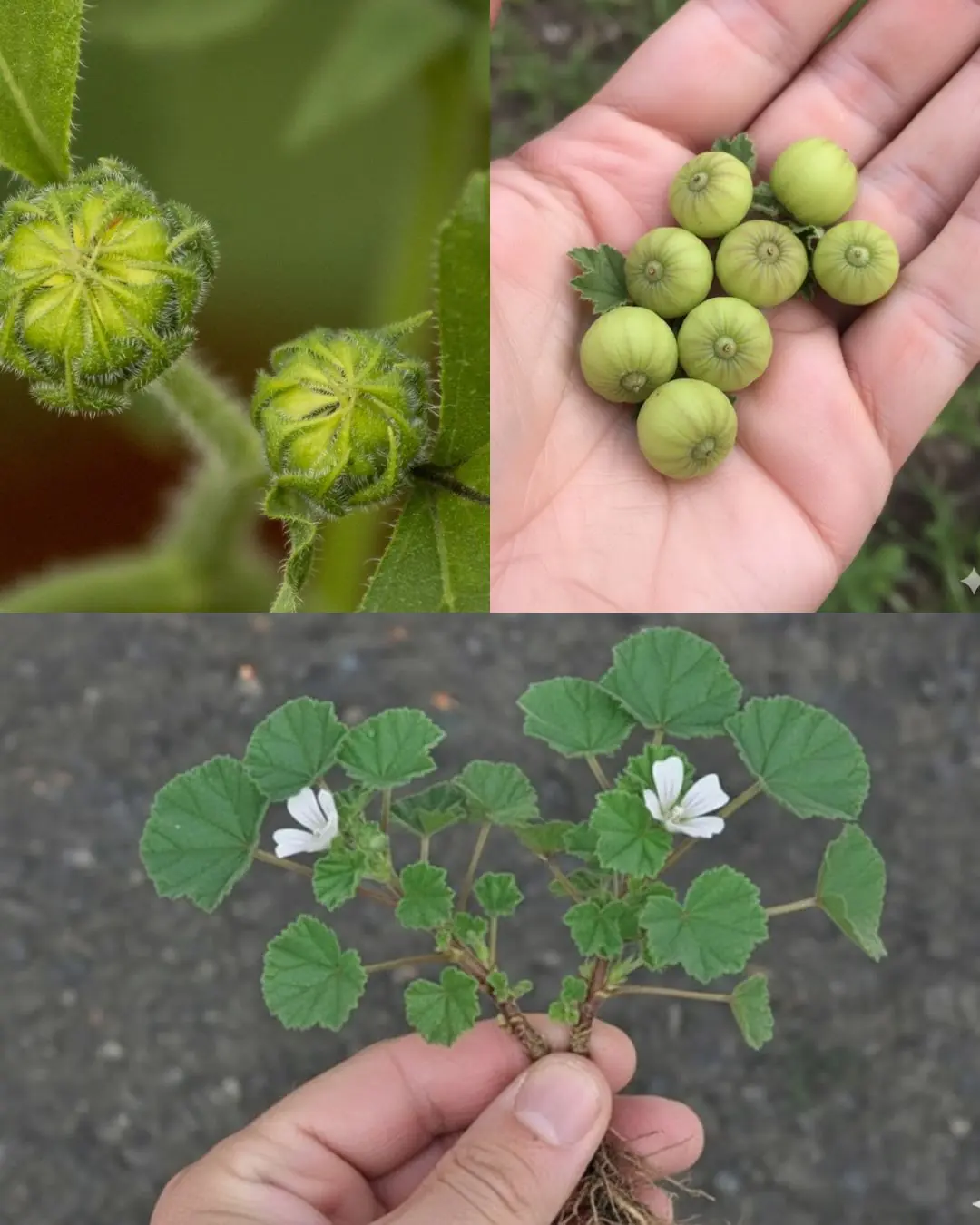
Unveiling the Green Marvel: The Top 10 Health Benefits of Common Mallow Leaves
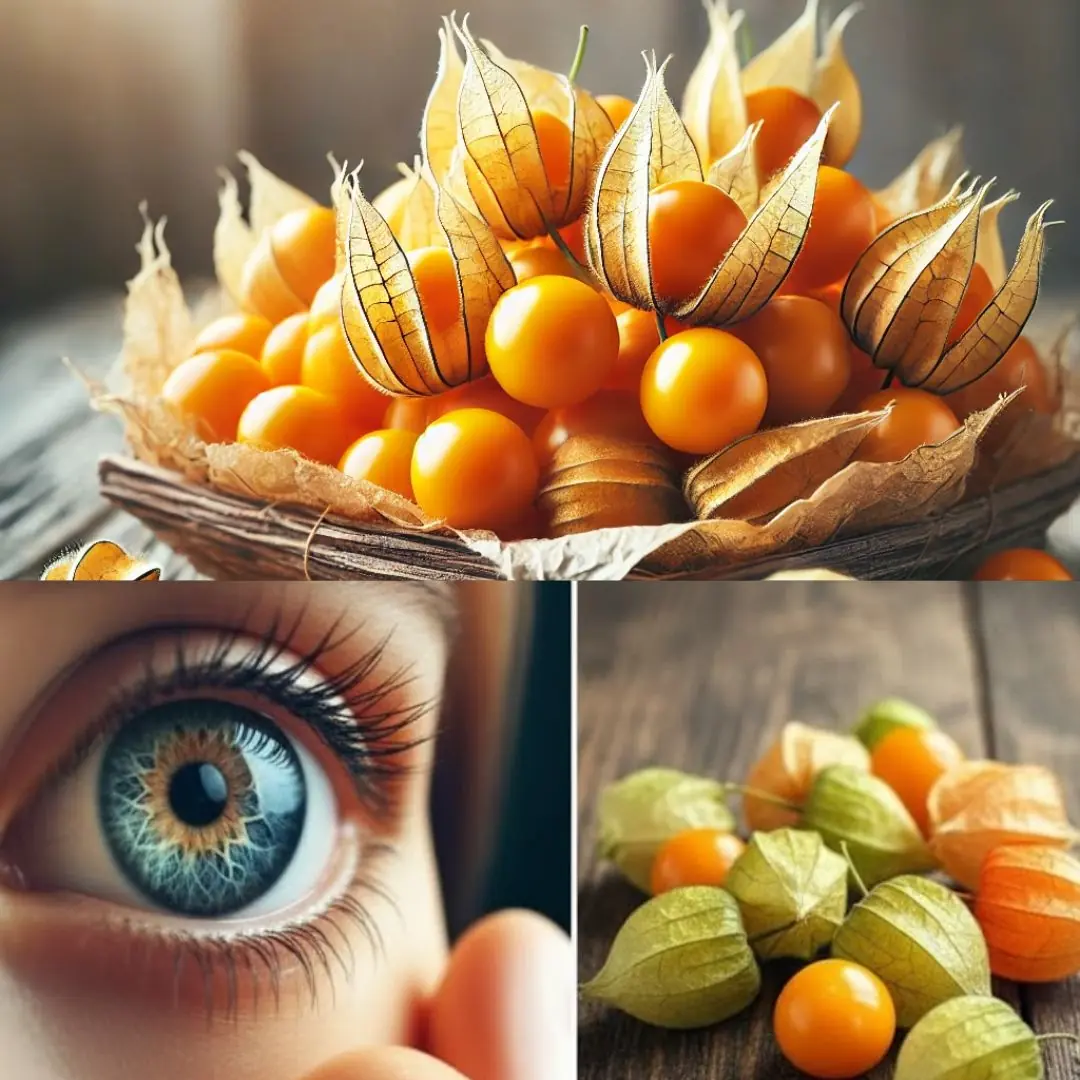
Goldenberries (Physalis peruviana): A Nutrient-Packed Powerhouse for Health and Vision
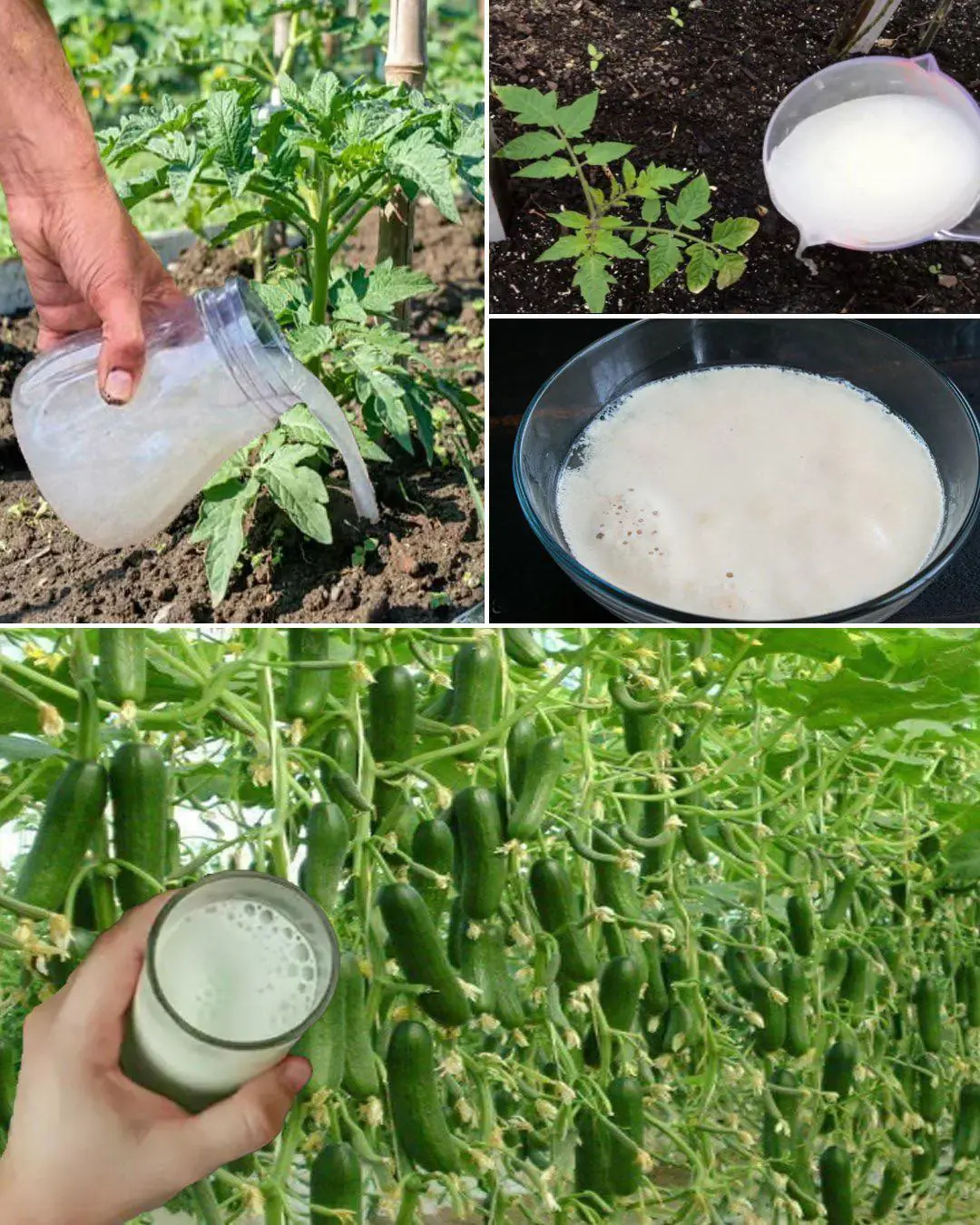
Garlic, tomatoes and cucumbers will grow rapidly. The most powerful fertilizer.
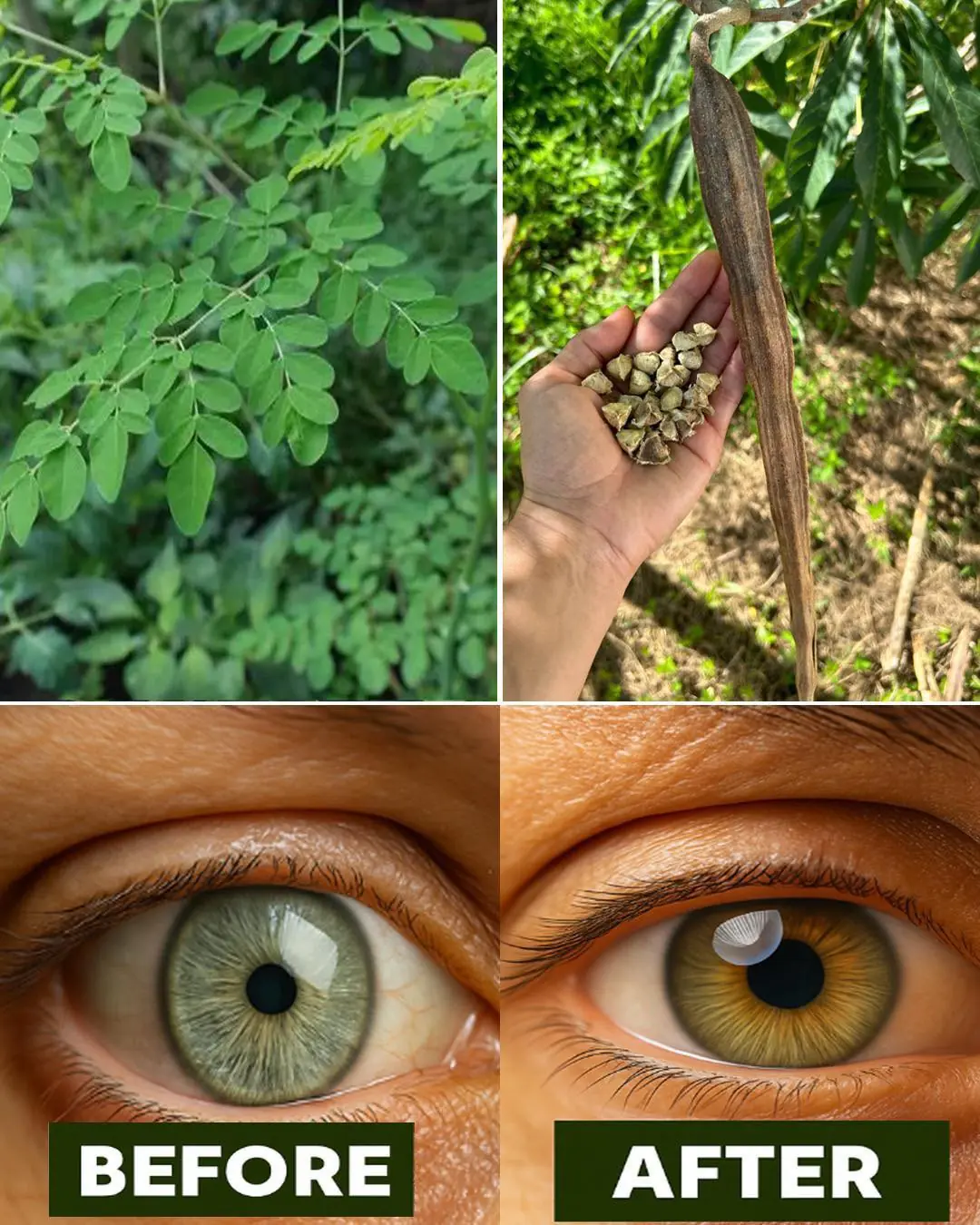
12 Powerful Benefits of Moringa Seeds
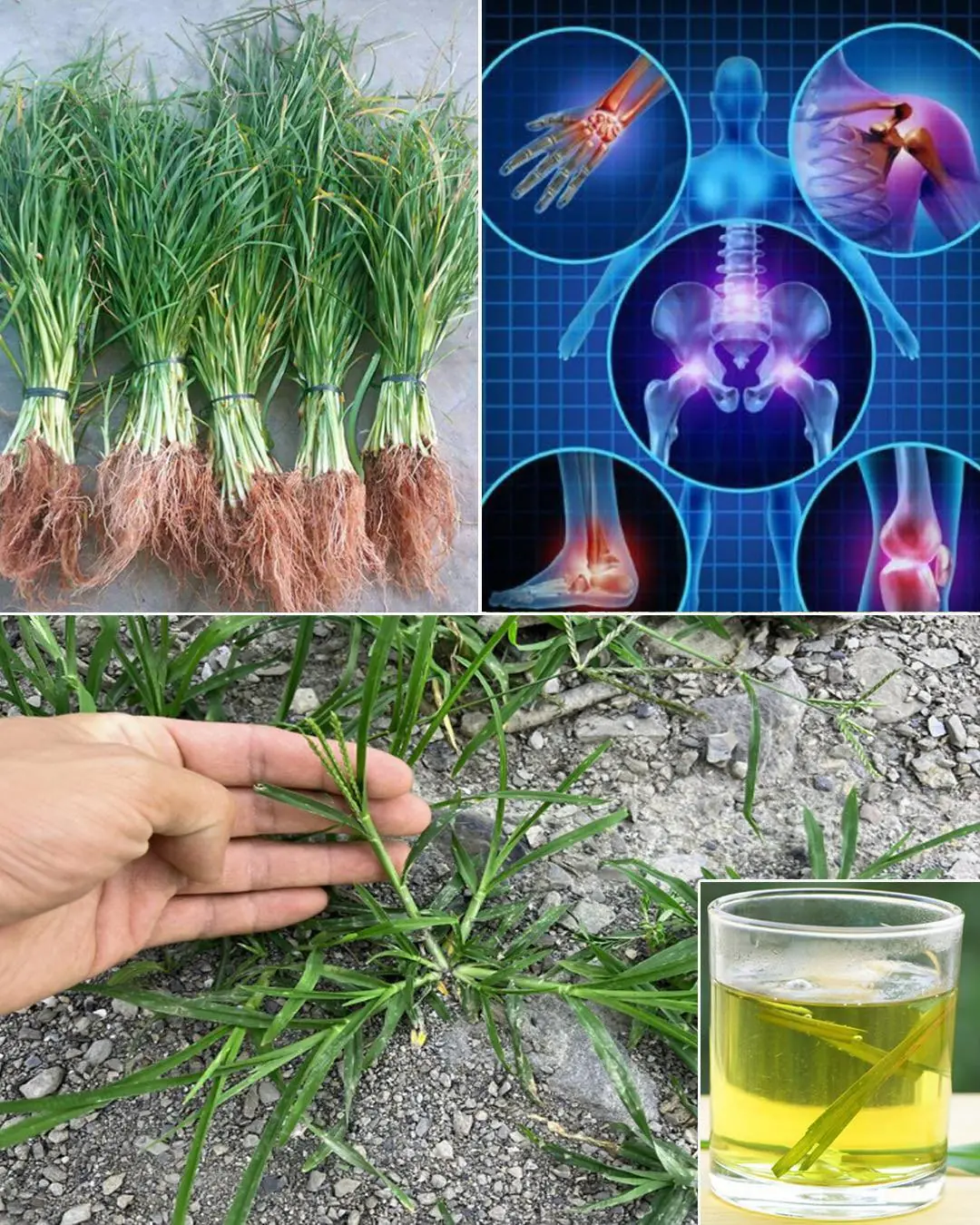
25 Incredible Health Benefits of Goosegrass
News Post

Put salt in your toilet. Here's why. This is something plumbers will never tell you

Banana Blossom: Health Benefits, Recipes, and Uses

Common Mullein: Benefits and Uses of Nature’s Versatile Herb

Fig Leaves: Surprising Benefits and Uses

Inner Vitality Elixir: Benefits of Uda Seeds, Lemon, Aidan Fruit, and Ginger for Women’s Health

When Checking Out of a Hotel, Don’t Fold the Bedding—Not Knowing This Will Only Cause Trouble

Some of the Benefits of Castor Leaves and the Seed

The Versatile Uses of Stubborn Grass

Pour Beer into Table Salt to Solve Many Household Problems – Wish I Knew This Trick Sooner!

The Best Tea for Mornings and After Dinner: A Powerful Blend for Health

Mimosa Pudica Tea: How to Prepare and Health Benefits

If you have this plant in your garden, don’t cut it down – it’s incredibly valuable!

Euphorbia Hirta (Asthma-plant): Traditional Uses and Applications

Harnessing the Power of Goose Grass: A Guide to Its Preparation and Therapeutic Uses

The water pipe is clogged, do this way to solve it easily, no need to call a plumber

Woman Left with Swollen Lip After Centipede Bites Her in Sleep

Cut soap and mix with sugar and put it in the corner of the house: Mosquitoes will fly black, the whole house will be clean and fragrant, everyone will like it

Many of you still don't know what could happen if you continue to sleep like this all night.
